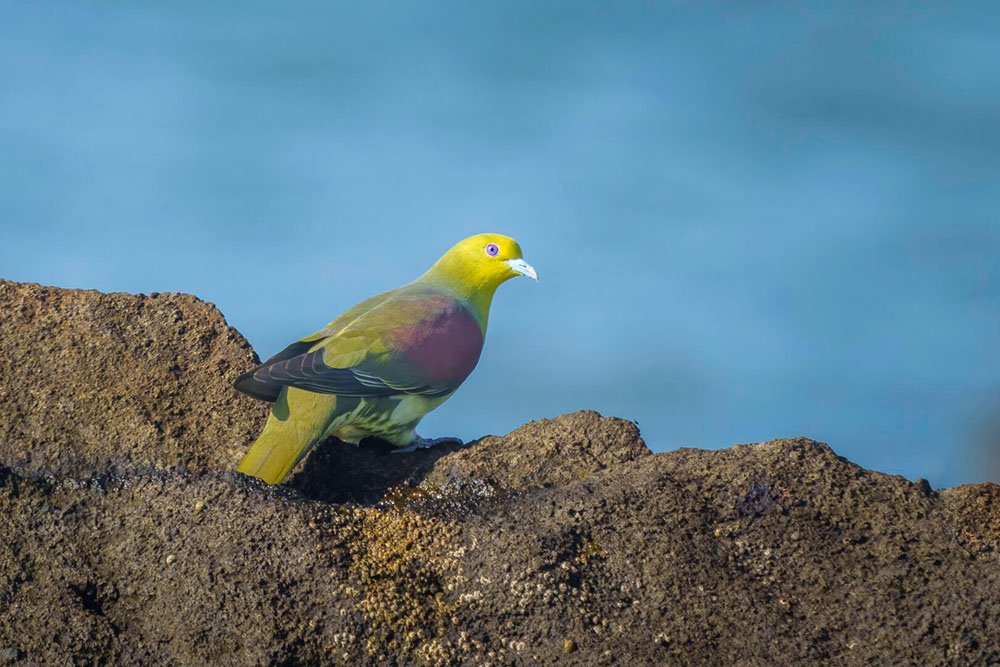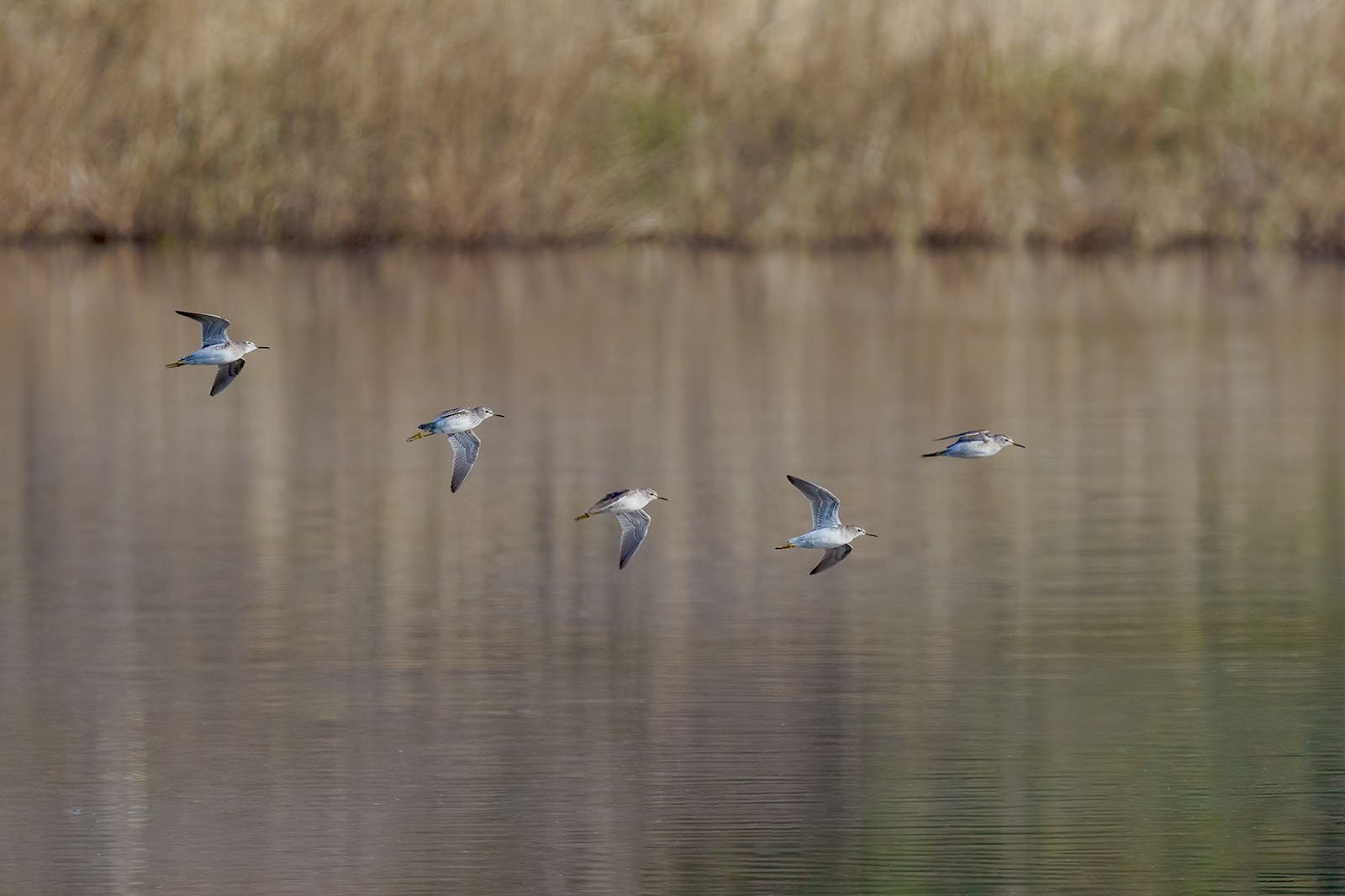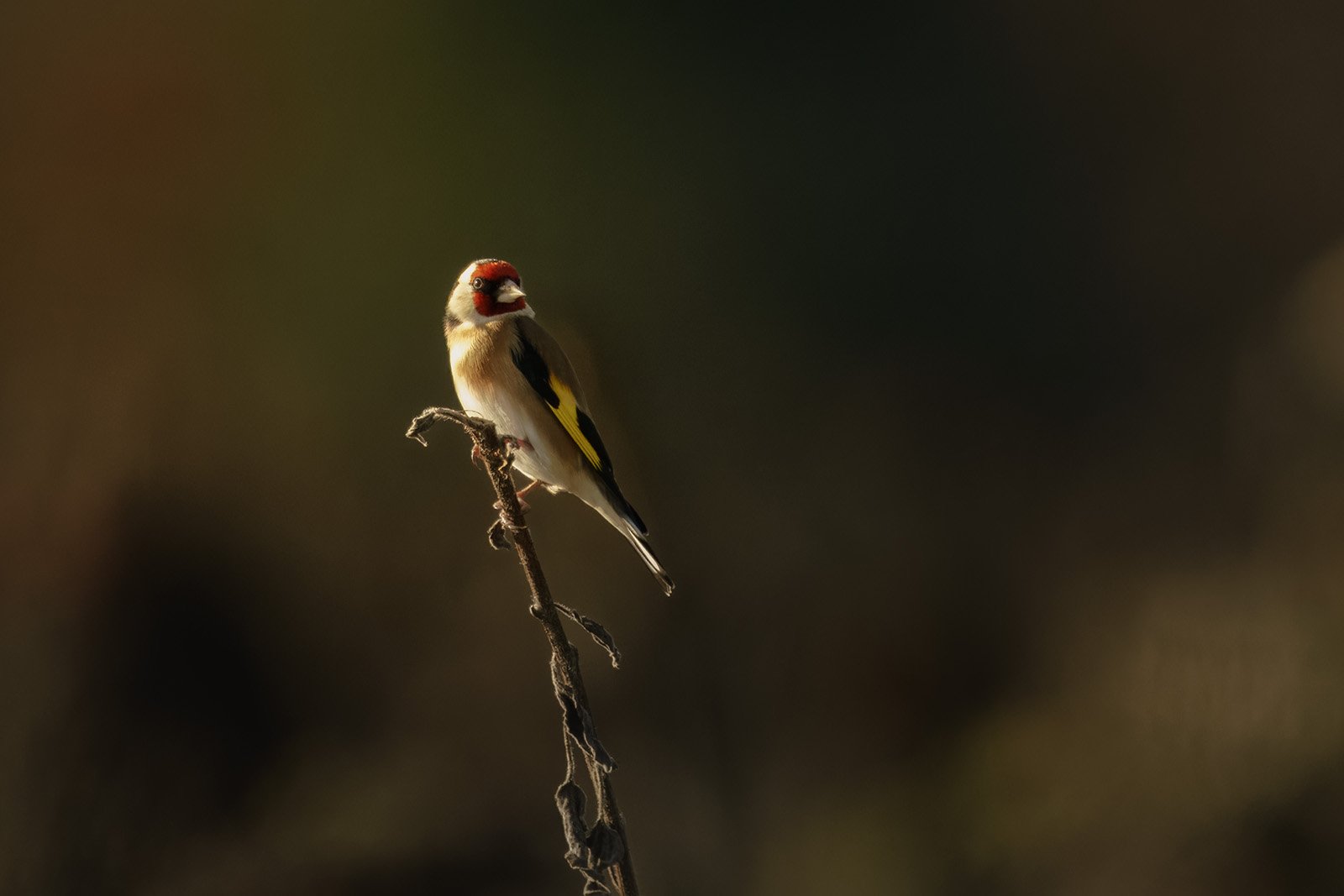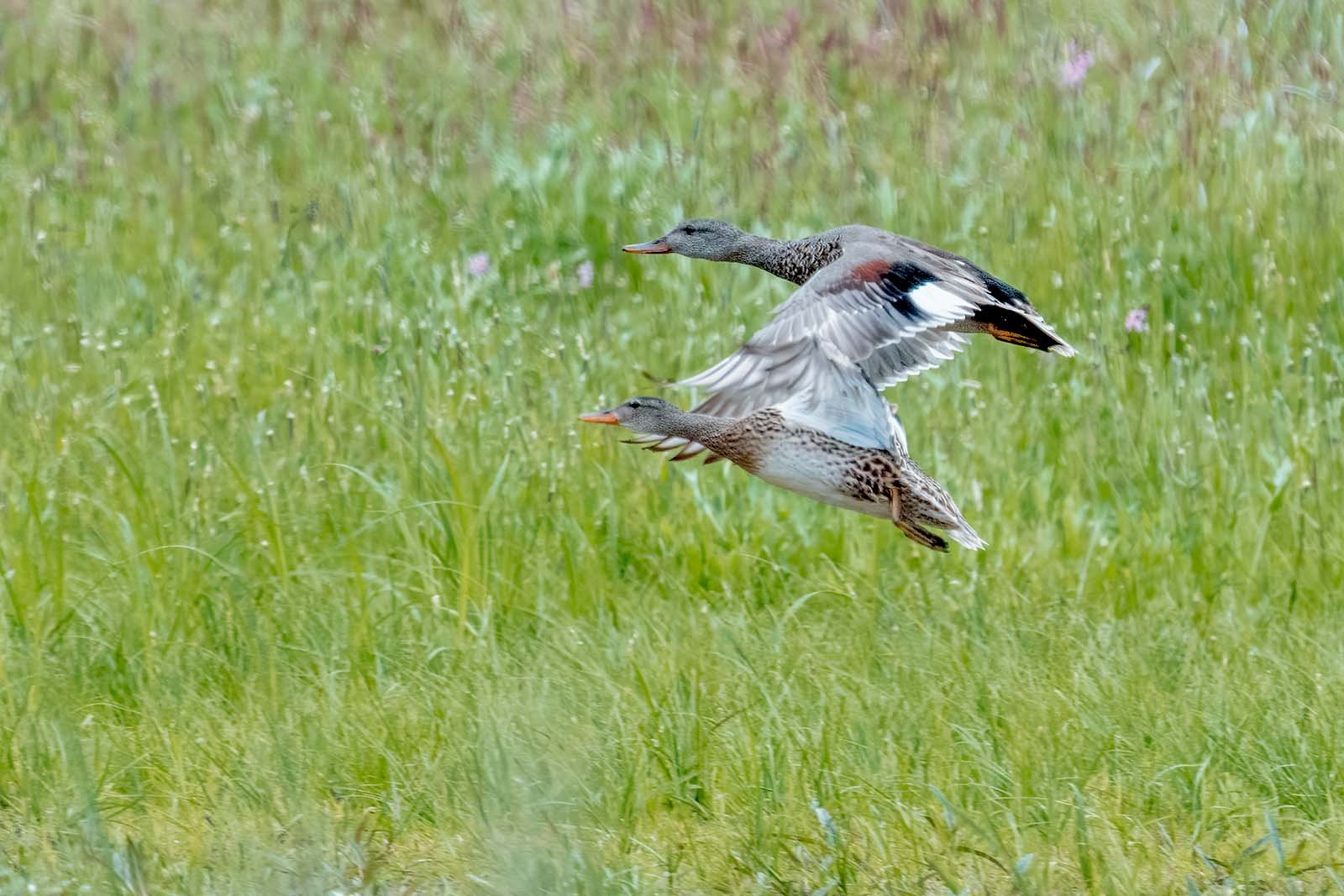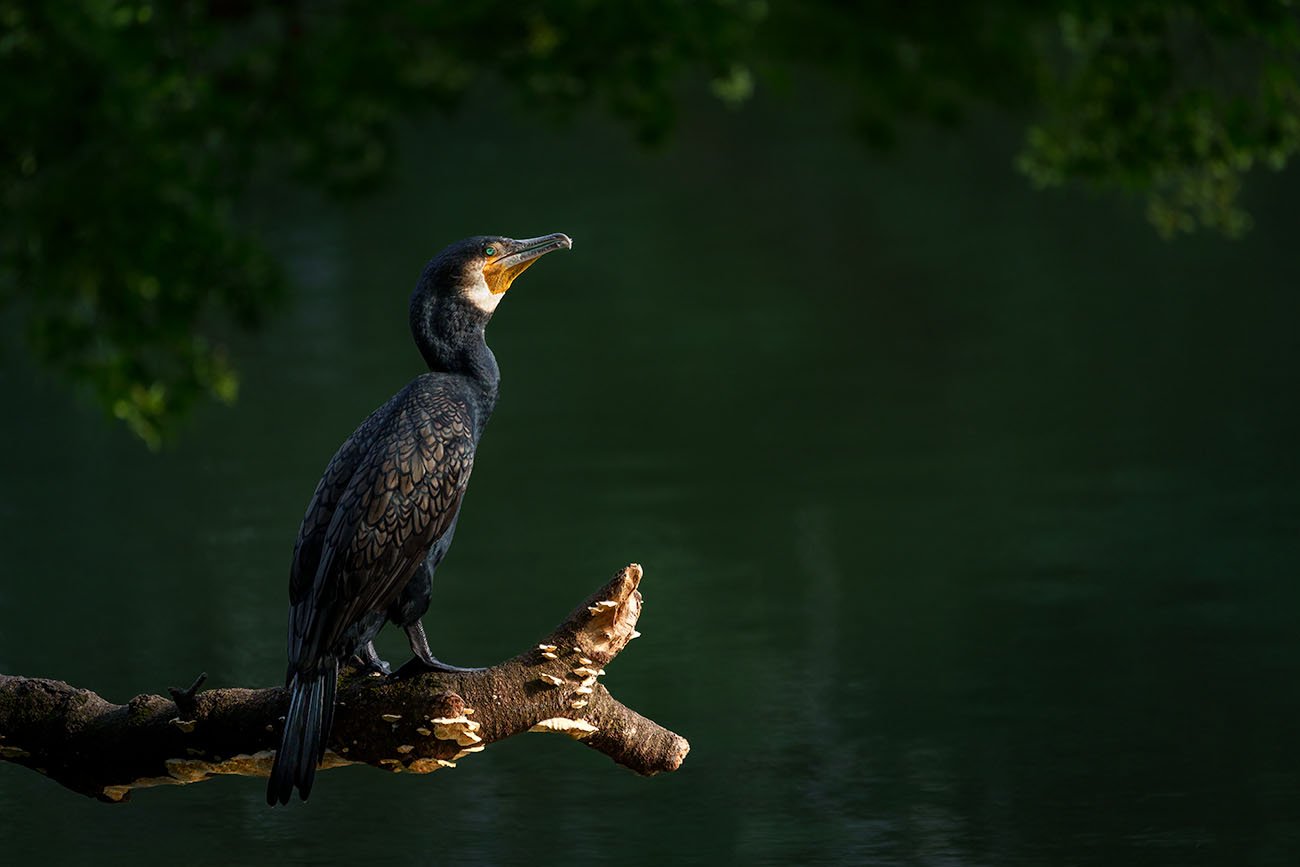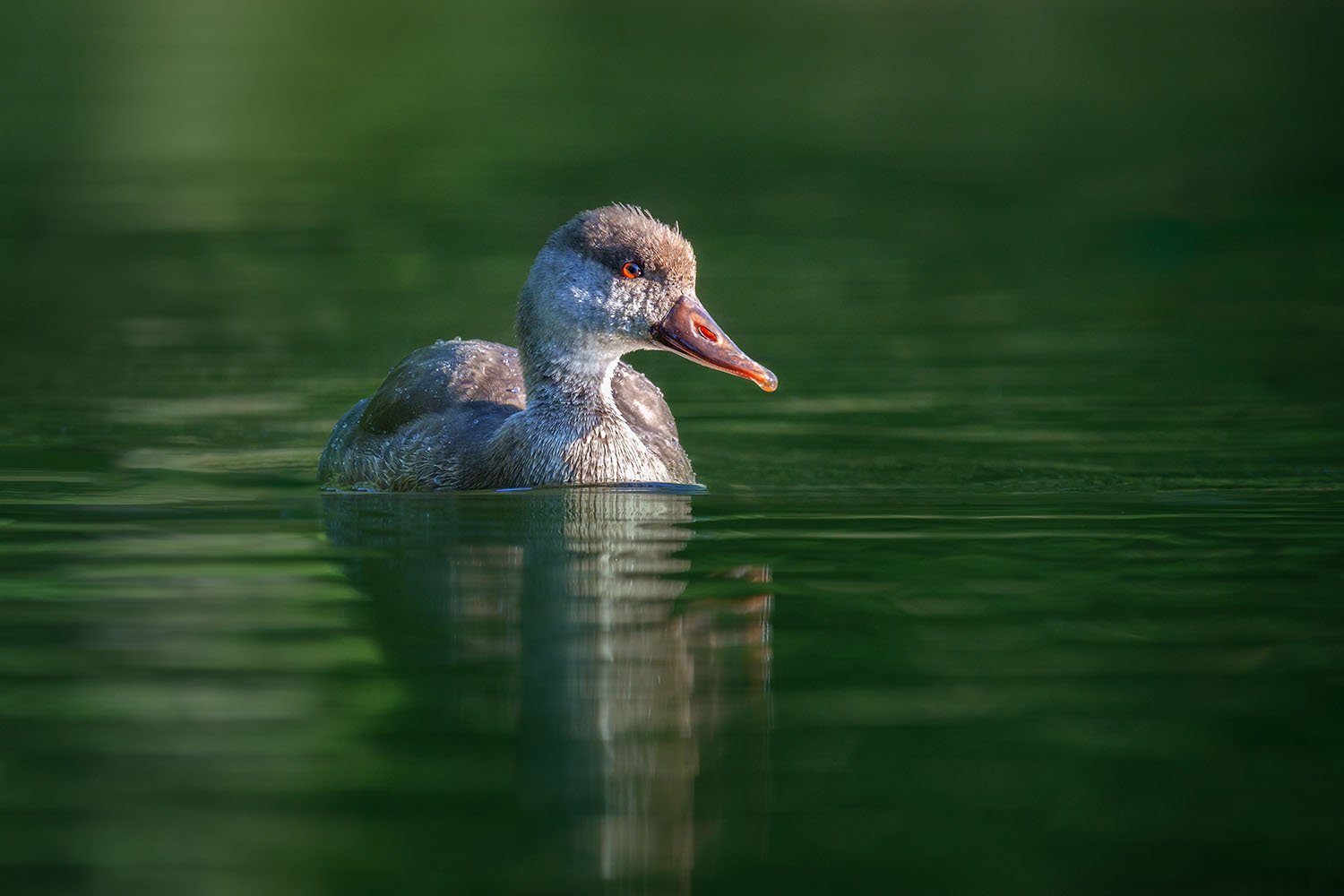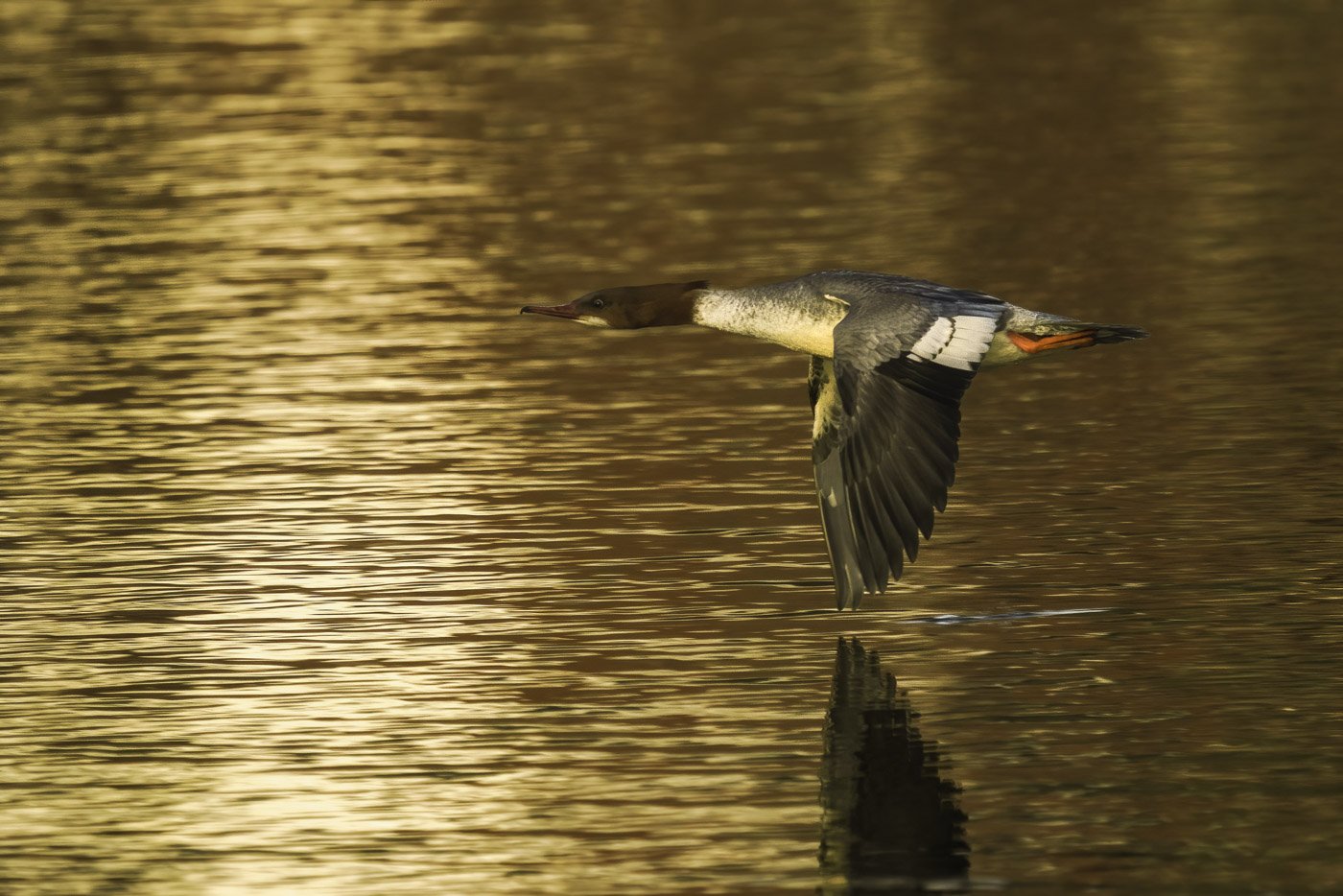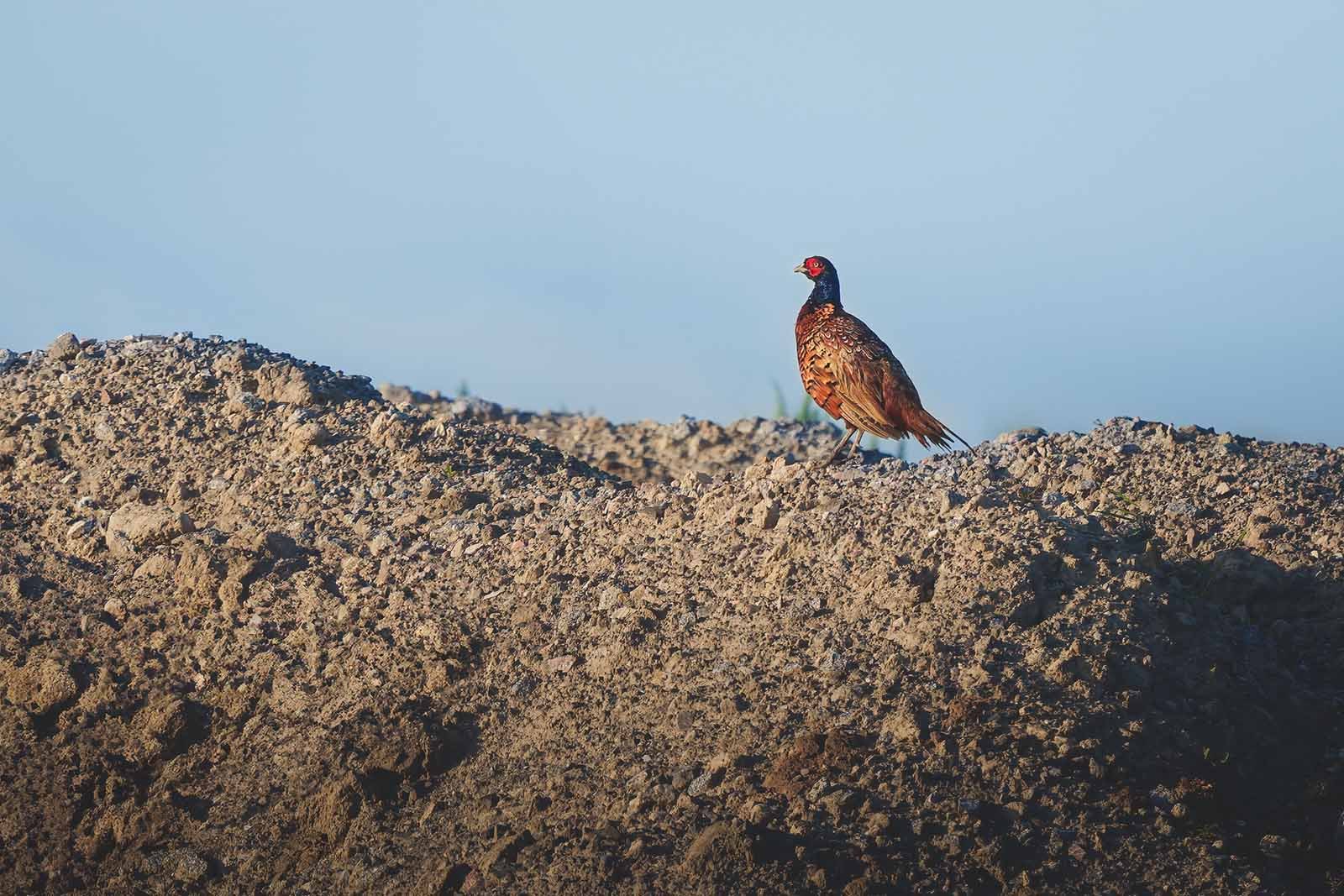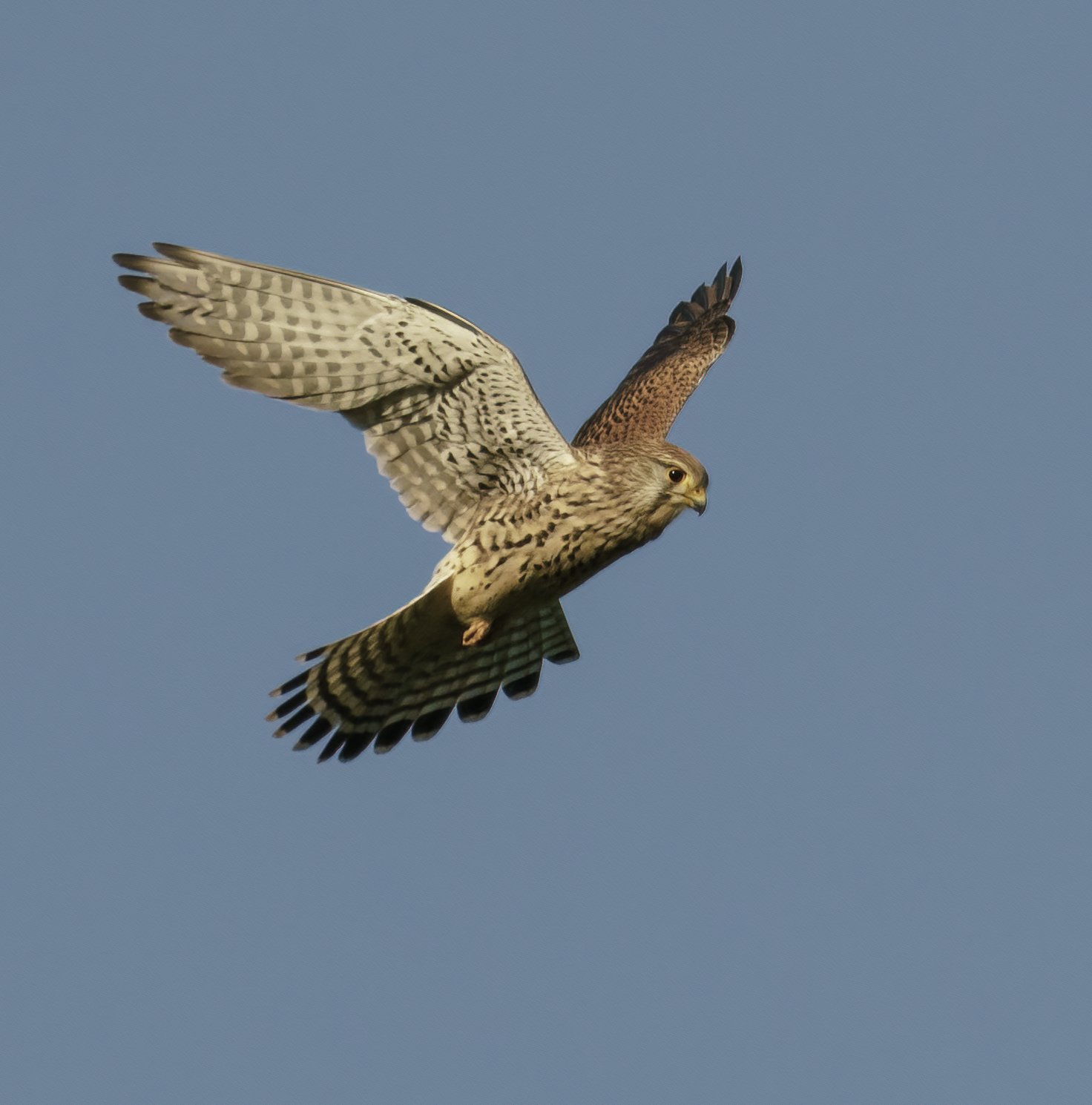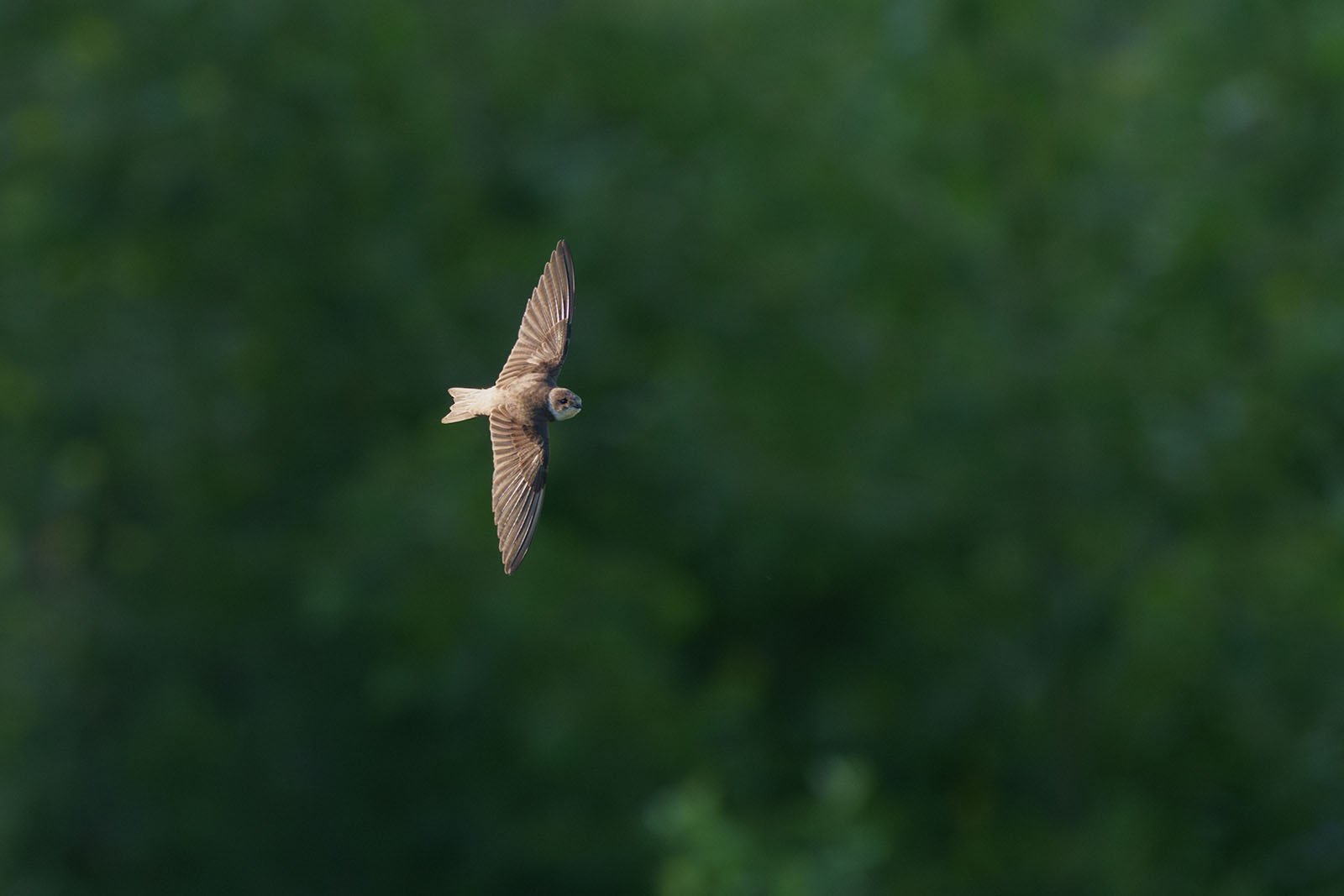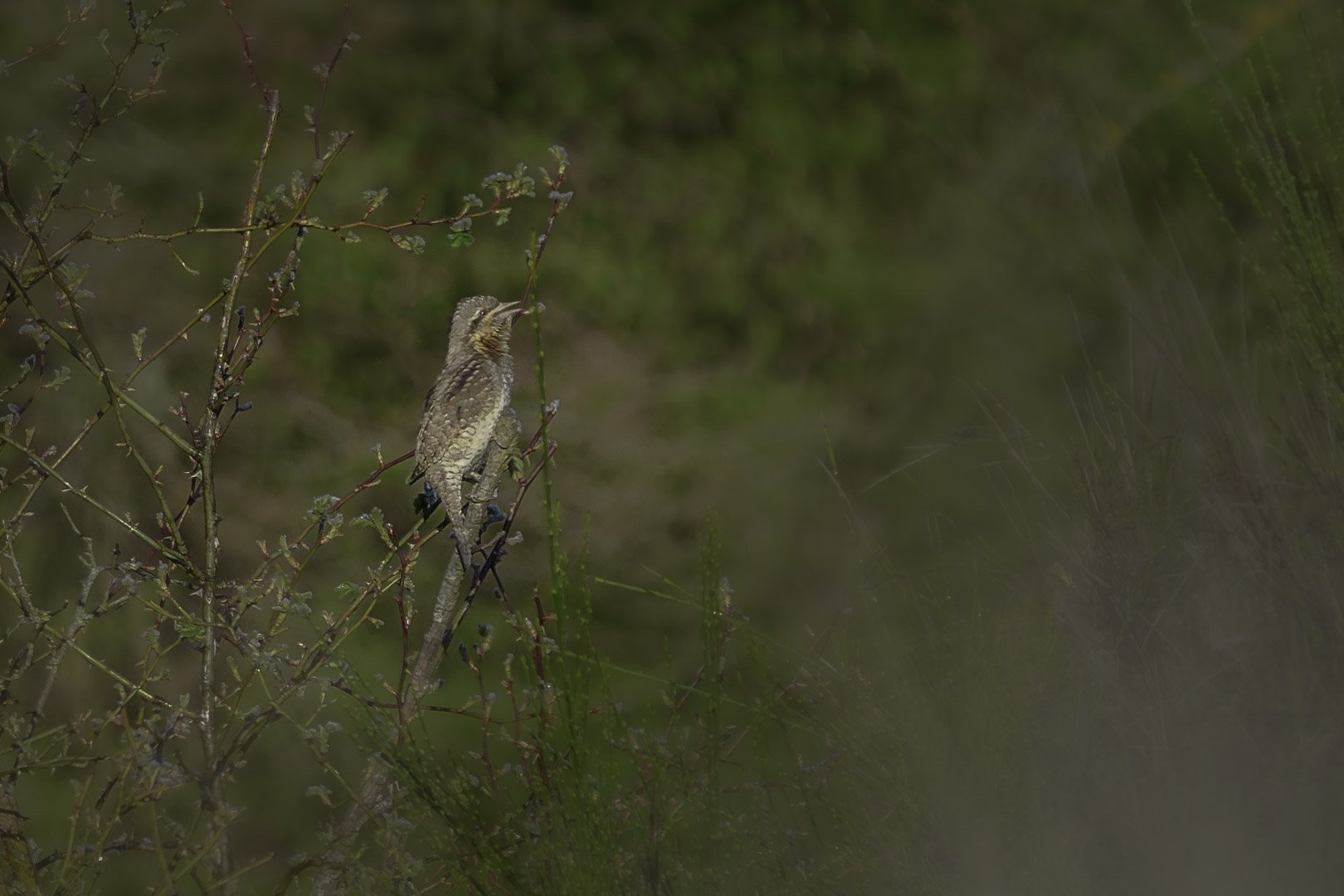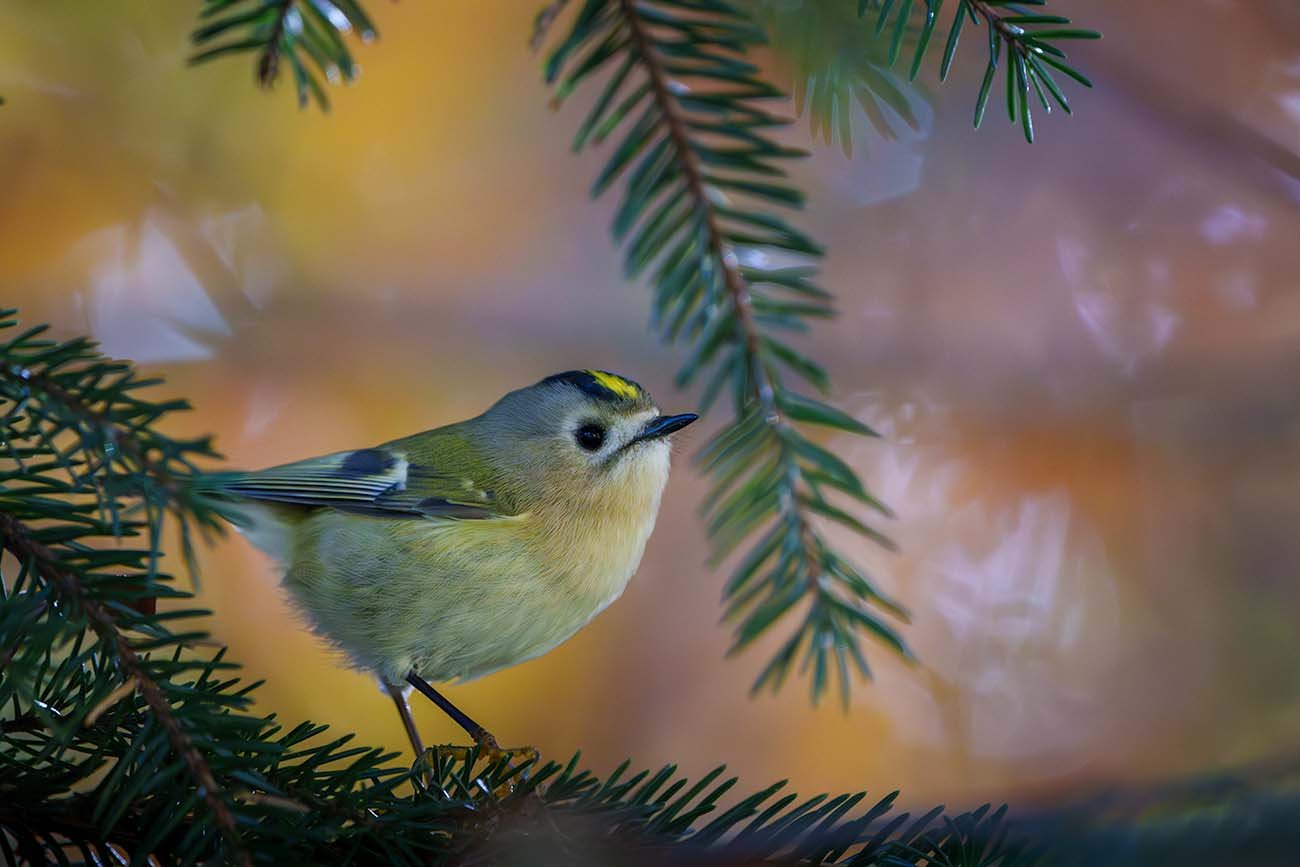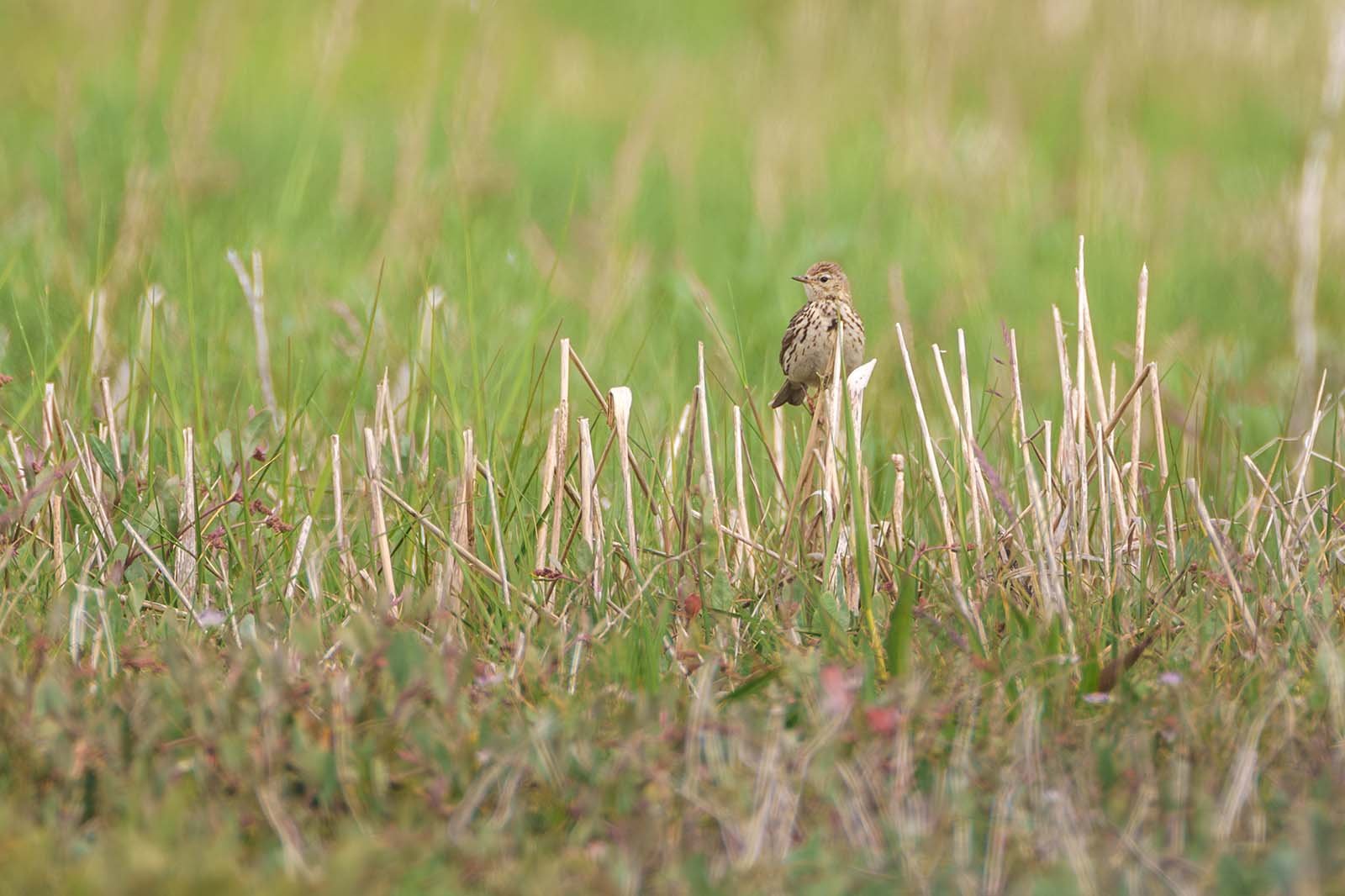White-bellied green pigeon (Treron sieboldii)
Siebold's Green Pigeon (Treron sieboldii) male - Picture taken in Japan
Key Data
Size: 33 cm
Weight: 180 - 250g
Diet: Fruits, seeds
Season: Year-round; seasonal migration in certain areas
Distribution: Japan, China, Taiwan
Photography Tips
Lens: Minimum 600 mm
Difficulty Level: Difficult
The Siebold Green Pigeon, scientifically known as Treron sieboldii, belongs to the pigeon family. Its Japanese name "Aobato" is derived from the green coloring of its body and the sound of its call during the breeding season, which sounds like "Ao-Ao." It was previously also known as "Yamabato" (Mountain Pigeon). This species of pigeon has a number of fascinating features and behaviors that make it an interesting subject for ornithologists and nature enthusiasts alike. It is overall olive-colored, with the male differing from the female. The male has a yellow head and chest, a cream-colored belly, and dark red wings and shoulders. The female, however, is also olive-colored in these areas.
Distribution and Habitat
The Siebold Green Pigeon is found in Japan, Taiwan, and China. In Japan, it is found on the islands of Honshu, Shikoku, Kyushu, and Okinawa. It is a resident bird in Japan, while in the Okinawa Ryukyu Islands, Taiwan, and China, it is a winter visitor. It prefers deciduous forests and mixed forests as its natural habitat. In some areas, such as Hokkaido, it migrates to coastal regions during the summer. This seasonal migration is related to food searching and the need for minerals that are not sufficiently found in its usual forested habitats. The pigeons move in groups of one to ten birds.
Diet
The Siebold Green Pigeon mainly feeds on fruits and seeds. Its seasonal migrations to the coast are a fascinating phenomenon, where it drinks seawater to absorb essential salts and minerals that are not contained in its normal diet. This unique dietary adaptation is a perfect example of the diverse strategies birds have developed to adapt to their environment. On the coast, a specific behavior known as "tail dipping" can be observed, where they deliberately dip their tail and the lower half of their body into the seawater. However, it is not clear why they do this.
Reproduction
The Siebold Green Pigeon builds saucer-shaped nests from twigs in trees and lays white eggs in June. The number of eggs per clutch is usually two. Interestingly, breeding of this species has only been confirmed in Japan, although it is also widespread in other countries. The breeding behavior was only discovered and became known after World War II.
Summary
The Siebold Green Pigeon (Treron sieboldii) is an olive-green bird from the pigeon family, native to Japan, Taiwan, and China. Male and female birds are differently colored, with males also displaying yellow and dark red hues. They prefer deciduous and mixed forests but migrate seasonally to coastal areas to find food and minerals. Their diet consists mainly of fruits and seeds, and they drink seawater to obtain essential salts and minerals. In reproduction, they build saucer-shaped nests in trees and typically lay two white eggs per clutch. Remarkably, breeding behavior has so far only been observed in Japan.

